By Film Noir Blonde and Mike Wilmington
The Noir File is FNB’s guide to classic film noir, neo-noir and pre-noir on Cable TV. All movies below are from the schedule of Turner Classic Movies (TCM), which broadcasts them uncut and uninterrupted. The times are Eastern Standard and (Pacific Standard).
Pick of the Week
“High Sierra” (1941, Raoul Walsh). 4 p.m. (1 p.m.), Saturday, April 5.
In 1941, the same year he played Sam Spade, private eye, one of the greatest of all movie detectives, in John Huston’s classic film noir “The Maltese Falcon,” Humphrey Bogart also played one of the greatest of all movie gangsters, Roy Earle, in Raoul Walsh‘s classic noir, “High Sierra.”
If Spade was one of the meanest, most realistic and most unsympathetic of all movie detectives (up until then), Earle was one of the roughest, least clichéd but most surprisingly sympathetic gangsters. He’s a hard guy with a soft streak, whose sentimentality (especially toward women and little dogs), may trip him up in the end.
Veteran thief Big Mac (Donald MacBride) and an ex-cop (Barton MacLane) engineer Earle’s release from prison so he can take over a very lucrative job: a high-end resort robbery near the Sierras. But Earle finds himself yoked to a young, inexperienced gang.
The tyro would-be crooks include Arthur Kennedy, Alan Curtis and inside man Cornel Wilde. The moll of one of the guys is Marie (Ida Lupino), a smart, bruised city doll who falls for Earle, but whom the old pro regards, like all dames, as “trouble.”
More to his taste, disastrously, is the beautiful, seemingly sweet club-footed girl Velma (Joan Leslie), whose family (including Henry Travers) he meets and helps on the road.
Roy sets up the robbery and tries to woo the crippled girl. But it’s his last job, and we know what that means in a movie. As the boss‘s outlaw doctor (Henry Hull) tells Roy: “Guys like you and Johnny Dillinger “are just rushing toward death.”
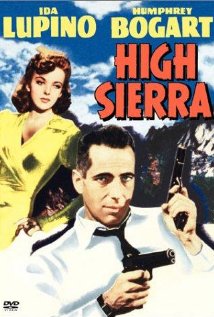 Andrew Sarris once described “High Sierra” as “the Gotterdammerung of the gangster movie.” And perhaps Bogart connected so well with the part of the doom-haunted criminal Earle because he had a face that really could suggest a man rushing toward death. Bogie’s dark burning eyes, brusque been-there-shot-that manner, innate intelligence and his existential tough-guy persona were leagues away from the standard handsome male stars who tended to monopolize Hollywood’s leading man roles.
Andrew Sarris once described “High Sierra” as “the Gotterdammerung of the gangster movie.” And perhaps Bogart connected so well with the part of the doom-haunted criminal Earle because he had a face that really could suggest a man rushing toward death. Bogie’s dark burning eyes, brusque been-there-shot-that manner, innate intelligence and his existential tough-guy persona were leagues away from the standard handsome male stars who tended to monopolize Hollywood’s leading man roles.
Screenwriting team John Huston and W. R. Burnett based their work on Burnett’s hard-boiled novel. Action-master director Raoul Walsh, a first-tier ‘20s silent moviemaker (he directed Douglas Fairbanks in the 1924 “The Thief of Baghdad“), had been languishing in the second tier for most of the ‘30s.
But Walsh came back with 1939’s “The Roaring Twenties” (in which James Cagney played a sympathetic gangster and Bogie was the villain), 1940‘s “They Drive by Night” (with truck-driver Bogie as the second lead after star George Raft) and “High Sierra,” in which Bogie finally got the lead. (Raft turned down both of the roles that took Bogart to the top: Sam Spade in “The Maltese Falcon” and Roy Earle in “High Sierra.”)
By the way, the last shot of “High Sierra,” with Ida Lupino walking toward the camera, framed by the mountains and the sky, is one of the great last moments in film noir and in all Hollywood movies.
Saturday, April 5
4 p.m. (1 p.m.): “High Sierra” (1941, Raoul Walsh). See Pick of the Week.
Sunday, April 6
8 a.m. (5 a.m.): “They Drive By Night” (1940, Raoul Walsh). With George Raft, Ida Lupino, Humphrey Bogart and Ann Sheridan. Reviewed in FNB on July 7, 2012. [Read more…]
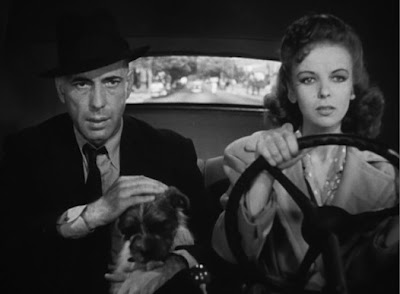





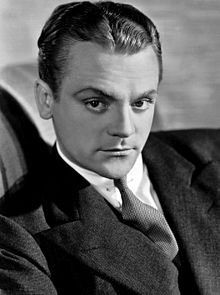
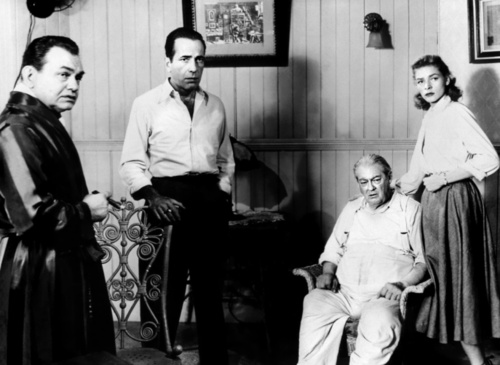

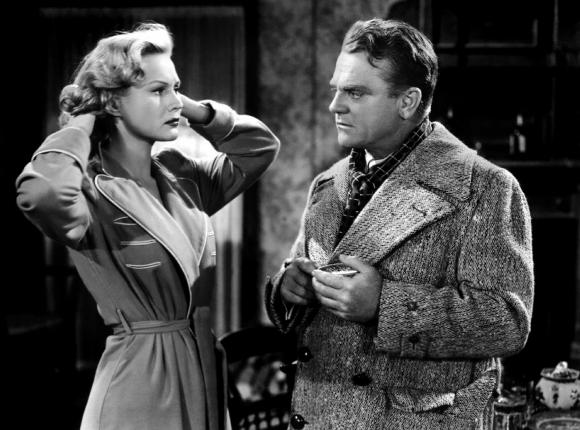
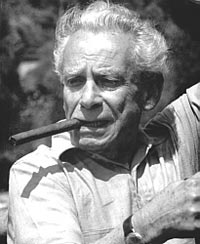
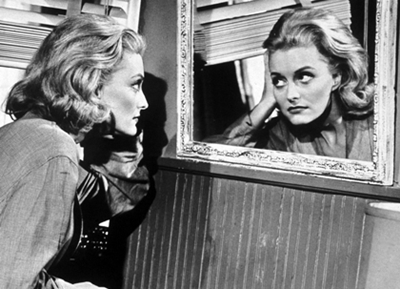
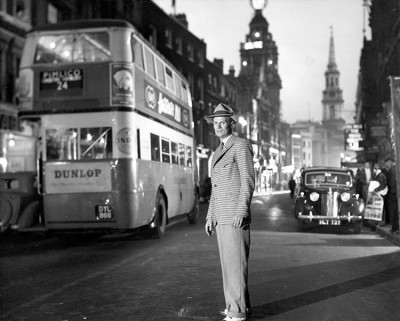
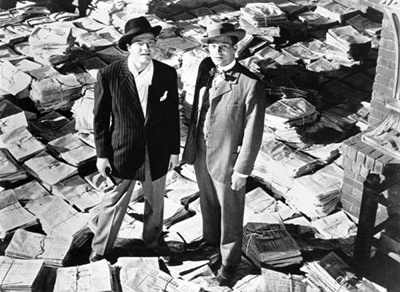
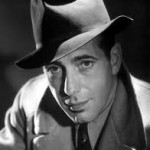
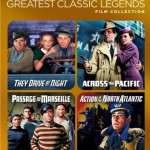
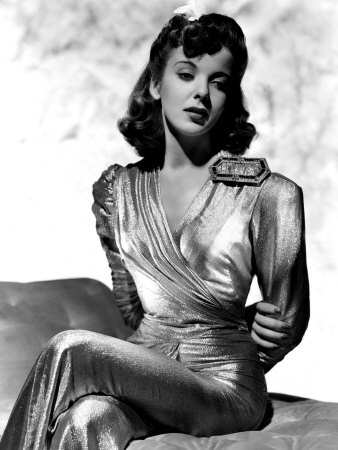
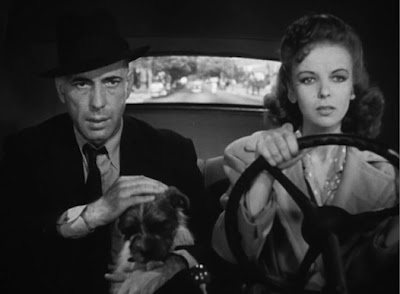
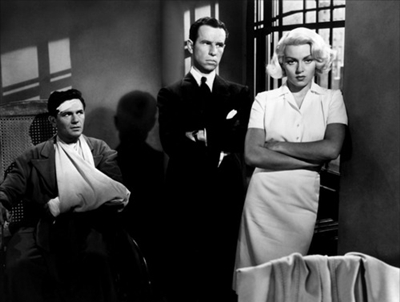
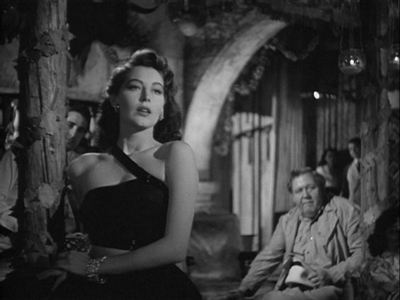





From FNB readers